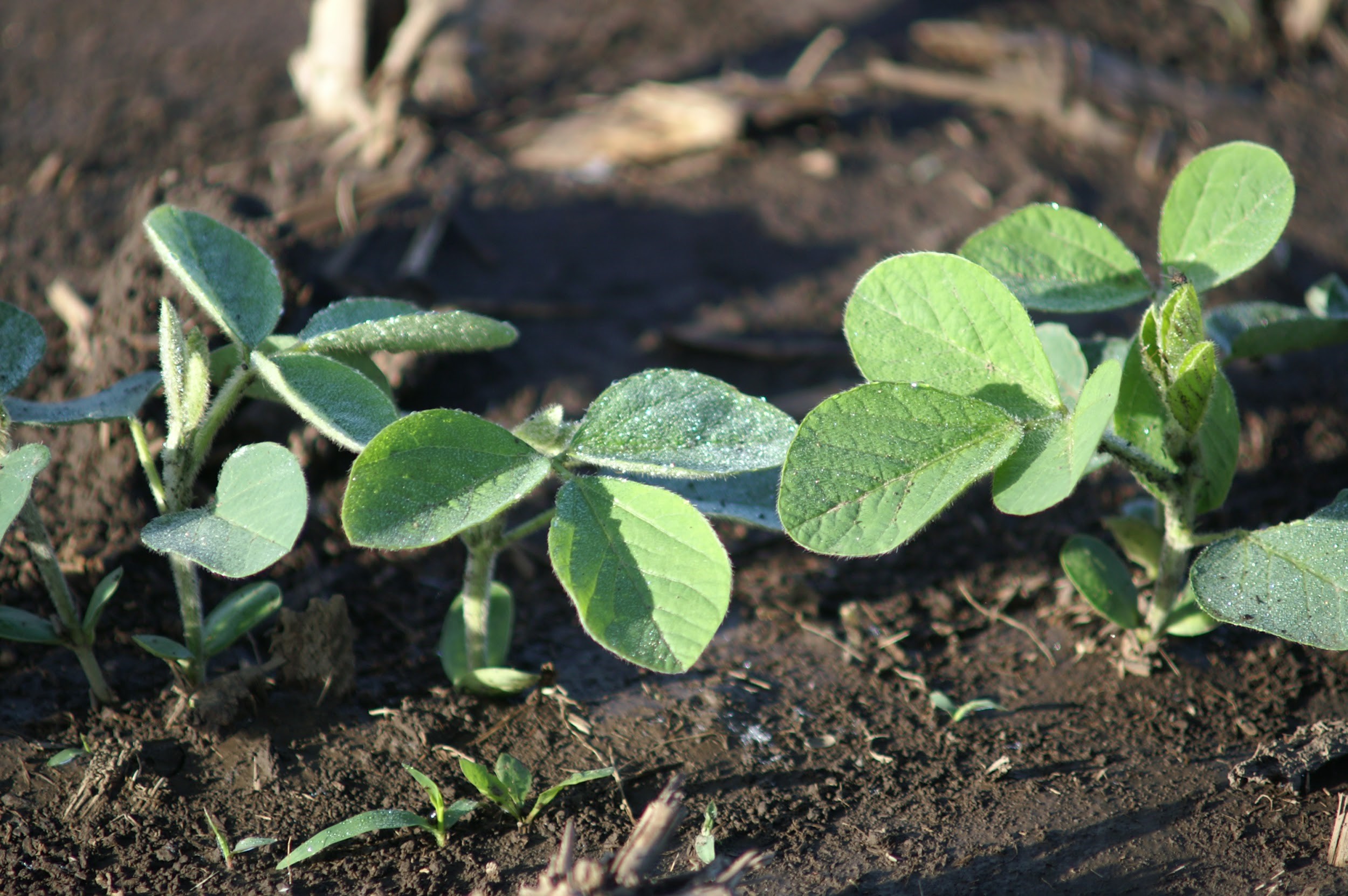ILSOYADVISOR POST
Your Beans are Planted – Now What?
Beans are planted. What steps can you take today to make sure they thrive?
Getting the crop in the ground checks items off my planning list:
- Soil fertility
- Genetics matched to my conditions
- Optimum row spacing and population
- Customized seed treatment
- Foliar protection plan
- Weather’s out of my control, cross fingers
Now just sit back and wait for harvest, right? Well, not exactly.
If you are familiar with Fred Below’s “Six Secrets of Soybean Success” you might be tempted to sit back and relax after your beans are in the ground. But there are plenty of actionable management items that need attention now to assure the most profitable soybean crop possible. We can all take a lesson from yield contest winners who tell us to walk fields often and read what the crop is telling us.
The first step after planting is to pay close attention to the emergence, both timing and evenness. As plant populations have dropped, it is imperative to make sure as many of the planted seeds as possible emerge and become established. Weather and soil conditions can cause seedling diseases, crusting and other factors affecting soybean emergence. Former Soy Envoy Adam Day highlighted a mobile app that can aid in deciding if soybean populations are adequate.
Whatever method you use, it is important to get out and into the field, not just from the road, and scout all areas. This is where a drone can come in handy, helping to cover more ground in a shorter time span. Look closely at the emerging soybeans not just for emergence, but for seedling health and vigor. Your goal is to assure that your stand is as even as possible, with adequate populations established. Remember that 100,000 plants at harvest, evenly distributed, will usually optimize yield.
While in the field, you also need to monitor your burndown or preplant herbicide program’s performance. Now is the time to know if there are any weed escapes that will impact post herbicide timing or product plans. Know how to differentiate between seedling weeds so you will know if there are hard to control species that need special attention in post applications (Figure 2). Weeds can impact profitability early and keeping them under control is crucial to soybean success.
Don’t forget those early season insect pests, either. Last season I wrote about Bean Leaf Beetle management in a Soy Envoy blog. Soybeans are a resilient plant at this stage, but insects can still impact development and need to be managed to ensure profitability.
Figures 1 and 3 that accompany this blog emphasize the importance of making sure the planter is in good working condition and can manage residue, and you plant in good soil conditions.
Soybean yield potential is never higher than when the seed is emptied from the bag or box. After the seed is in the ground, every factor that stresses the soybean plant can nibble away at that potential yield, bit by bit. Pay attention now to keep on track for profitable soybeans in challenging times.

Figure 2. When scouting at the V1 or V2 stage, identify weeds that are emerging.

Figure 3. Scout for irregularities in seeding spacing and the cause: soil conditions, planter malfunction or residue-induced hair-pinning
Kevin Nelson is a CCA 4R NMS. Nelson has a strong background in soil fertility and precision agriculture and works with the agronomy sales team at NPC to help them include these tools as part of their offerings to growers in North Central Illinois.





Comments
Add new comment